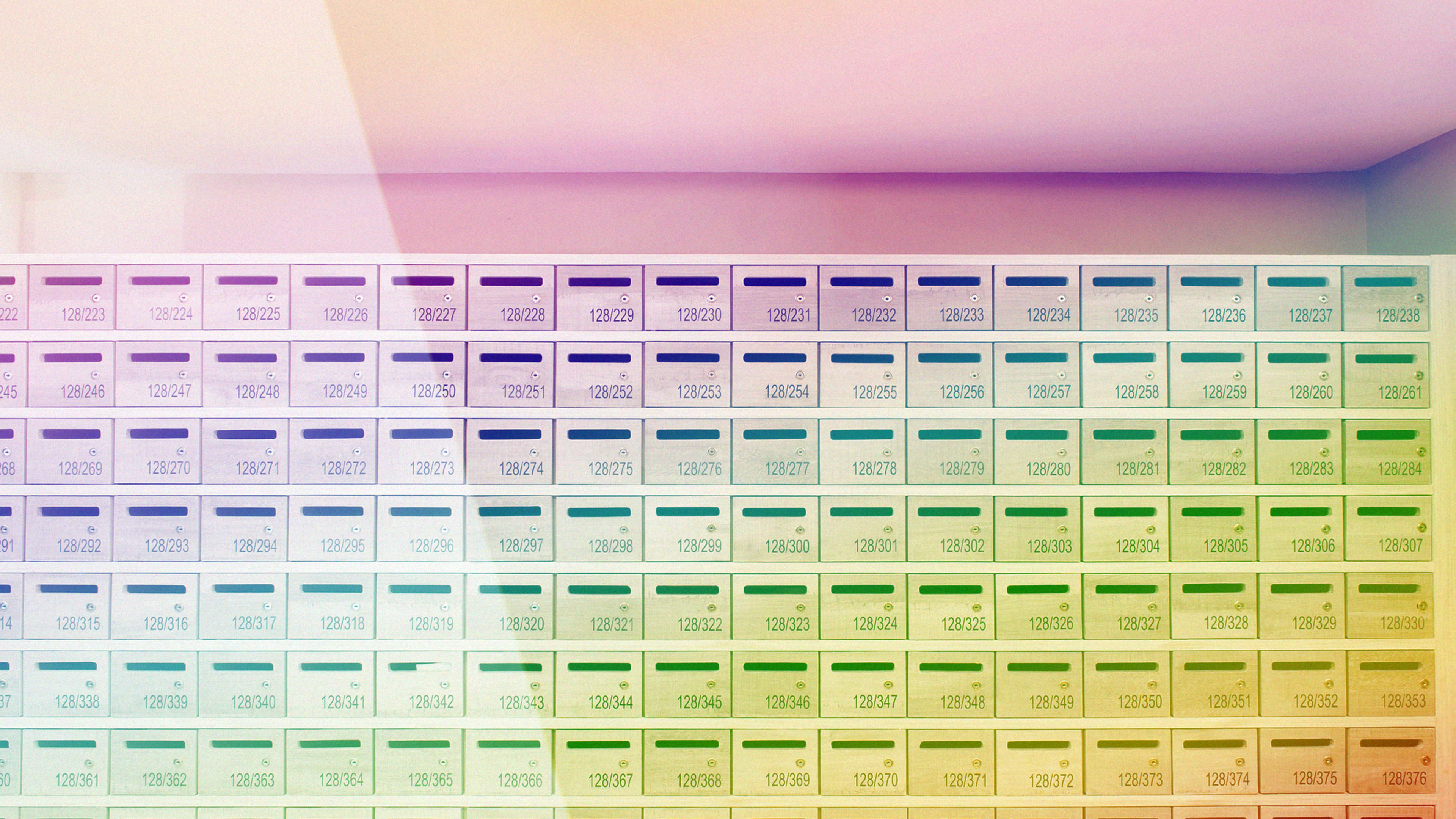The average person sends and receives about 235 emails a day and spends between 2.5 and 4.1 hours a day in their inboxes, depending on which study you believe. Either way, that’s a lot of time—and what do you do with all those messages?
As a productivity writer, I talk to lots of experts, and one of the recurring pieces of advice I’ve heard is to not use your inbox as a to-do list. Hearing advice and following it are two different things. My work and personal email inboxes were just that: giant to-do lists and holding places for things I was working on or wanted to save. I had emails with times and phone numbers for interviews, emails from sources for future pieces, emails from sources I had already interviewed and needed to send published links, emails from editors, and more. Much more. Can you relate?
Related: Is striving for inbox zero really worth it?
Keeping all those emails in my inbox is a bad idea, writes Fast Company‘s Zach Hanlon. “Emails shouldn’t stay here any longer than it takes for you to file them into another folder. The exception to this rule is when you respond immediately and are waiting for an immediate response,” he writes.
So one day, when I couldn’t find an important email, I did something drastic. I deleted or moved all 457 of the messages that were sitting there and got to inbox zero. And it was liberating.
How inbox zero started
“Inbox zero” was coined by writer and speaker Merlin Mann, who did a GoogleTechTalk on the topic. Surprisingly, he’s not quite as hardcore I thought he’d be: “In my view, the titular ‘zero’ in inbox zero is not about the number of email messages that are sitting in your inbox at a given time,” he writes on his blog. “And contrary to popular opinion, it’s absolutely not about spending hours of your precious day trying to achieve that empty inbox at any cost.”
Instead, he suggests consciously managing the amount of attention you commit to thinking and worrying about what may or may not be piling up in your inbox while you’re doing real work.
“Put to best use, inbox zero is merely a philosophical practice of learning to be parsimonious about which and how many inputs we allow into our lives—and, then, to responsibly but mindfully tend to those inputs in a way that is never allowed to hinder our personal commitment to doing the work that really matters to us,” he writes. “Once you’ve dedicated yourself to making the things you love, every inbox can and should become a well-monitored servant rather than a merciless master.”
Related: Your guide to cleaning up your inbox in one hour
Here’s how I did it
If you’re thinking of clearing out your inbox, it’s important to find a system that’s right for you. I noticed that emails I left in my inbox generally fell into three categories: current work, future work, and follow-up. So I created folders in my email program where I could move those messages. This gave them context and helped me find them when I was ready to act. If an email needed a quick action, I did it right when I checked it.
I also greatly reduced the volume of emails I receive by unsubscribing to newsletters and promotions from brands. I used to start my day with a deleting ritual, removing 75 to 100 emails without reading them. It was a waste of my time and theirs. Now I wake up to less than 10 emails.
And I took advantage of email signatures so I could send quick replies that would avoid follow up emails I receive. For example, I get a lot of emails from people pitching me a story topic and most aren’t a fit for me. I created an email signature that says, “Thanks for your email. Unfortunately, this isn’t a fit for me.” Impersonal? Yes, but I didn’t ask them to pitch me. It takes me less than 10 seconds to clear those emails so I don’t hear back from them two days later.
Related: Six expert tricks for achieving inbox zero every day
Keeping it going
Limiting the amount of time you check email is also important because keeping your inbox at zero could become a never-ending game of whack-a-mole. Kevin Kruse, author of 15 Secrets Successful People Know About Time Management, uses a process he calls “The 321Zero System” to keep your inbox at zero. He shares it on his website:
- Schedule three times a day to process your email (morning, noon, night)
- Set the timer on your phone for 21 minutes
- Try to get to inbox zero in that time
“Make a game out of it,” he writes. “21 minutes is intentionally not enough time, but it will keep you focused, ensure that your responses are short, and that you don’t start clicking links out into the wonderful world of internet distractions.”
I’ve been at inbox zero for about a month, and I won’t go back to letting emails pile up. With fewer messages, the thought of checking my inbox isn’t as exciting as it once was, and I do it less often. I’ll admit, seeing an email in the inbox makes me immediately want to clear it. But knowing that I can quickly find what I need when I need it makes me feel like I’ve won the battle.
Recognize your brand’s excellence by applying to this year’s Brands That Matter Awards before the early-rate deadline, May 3.
